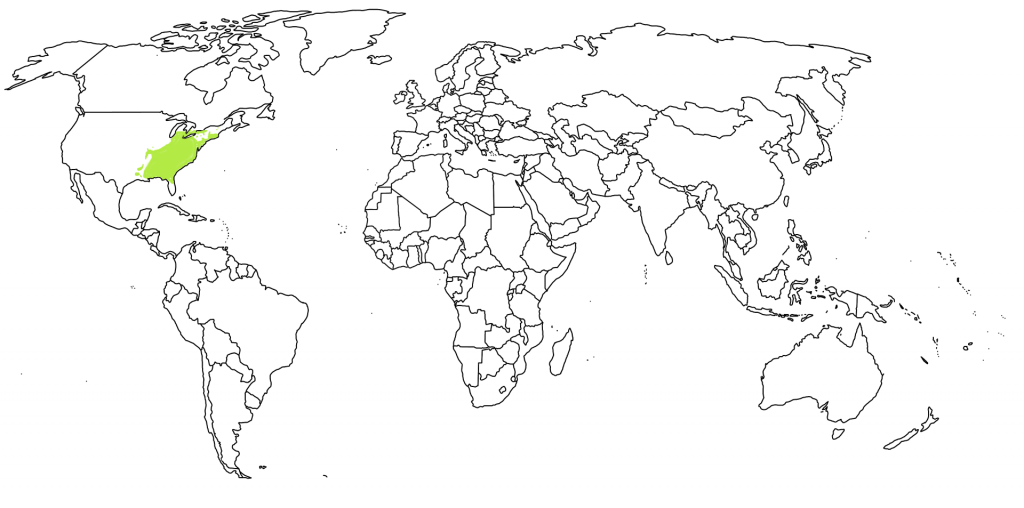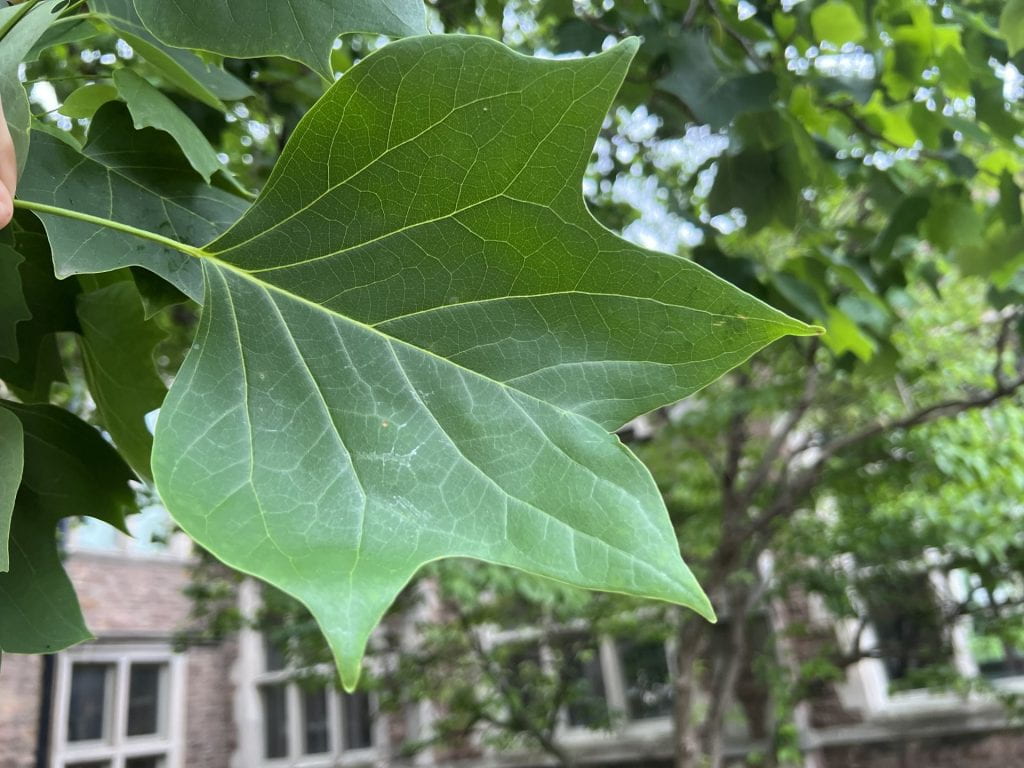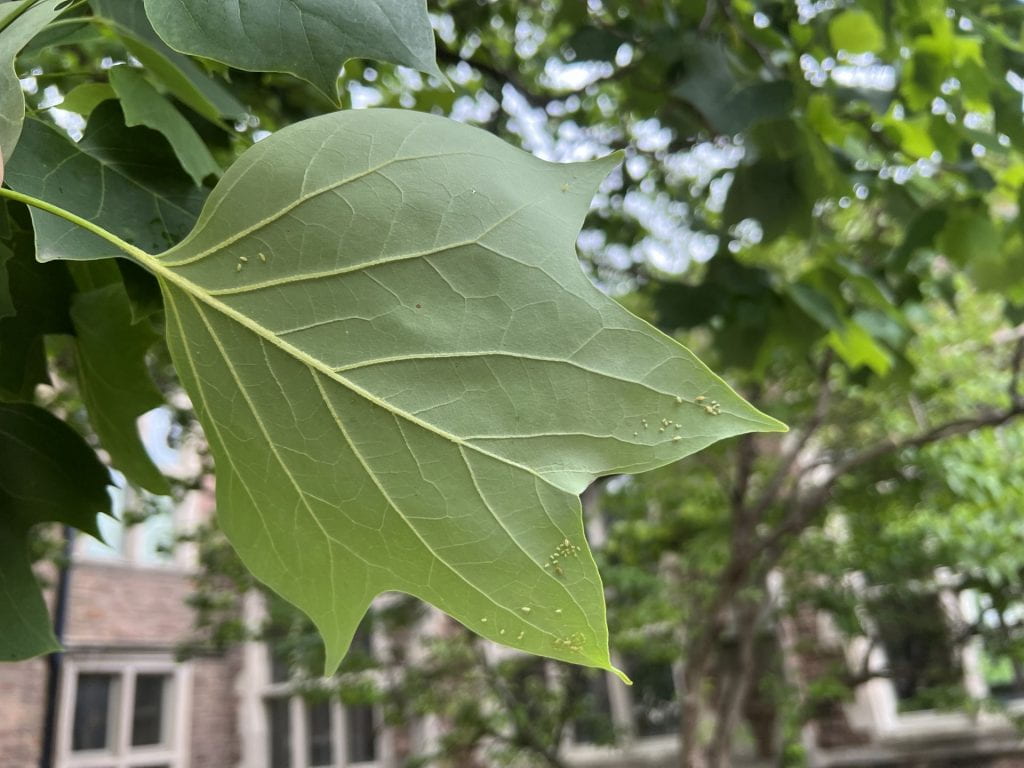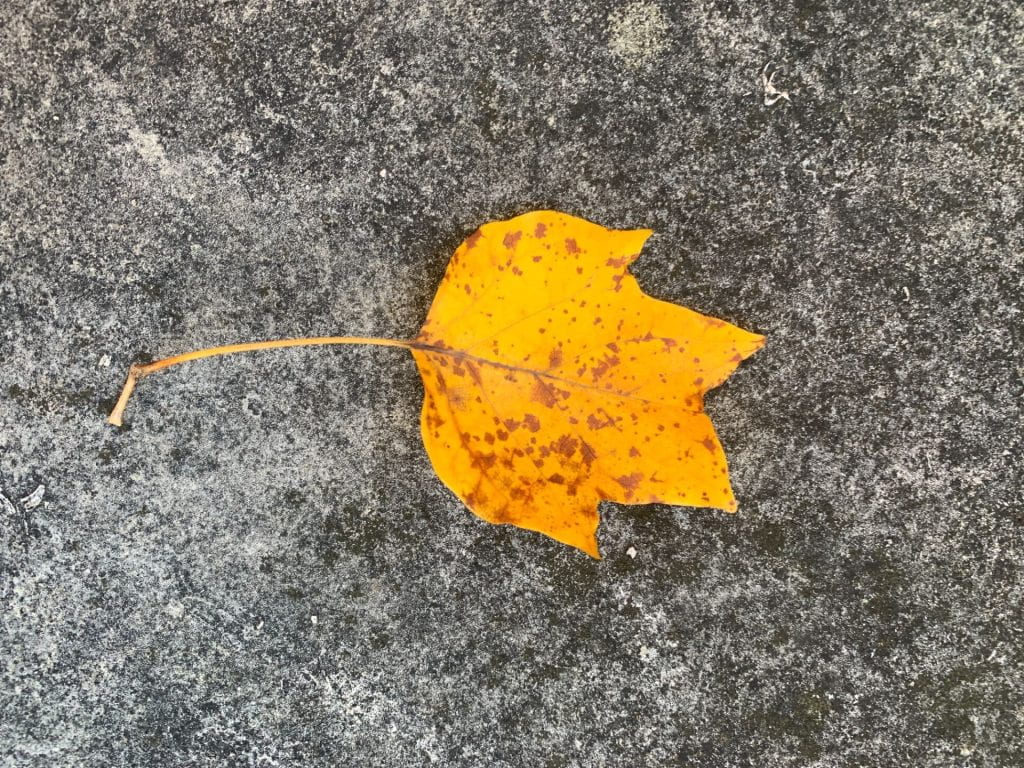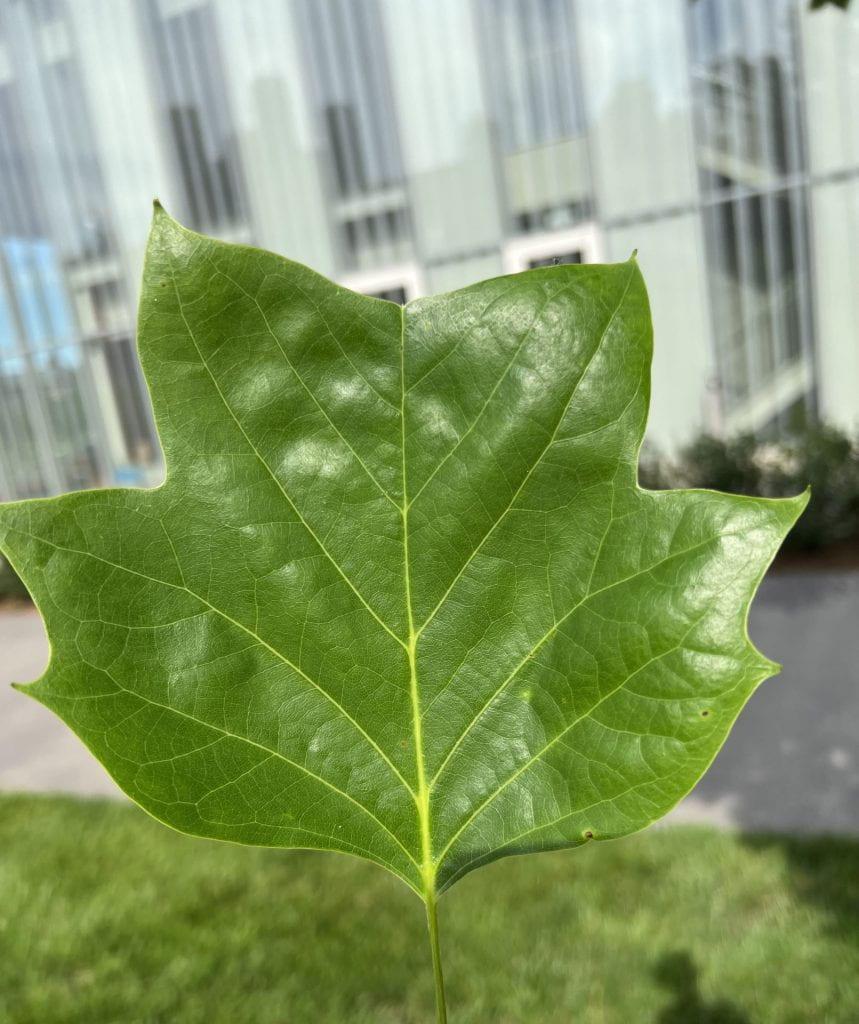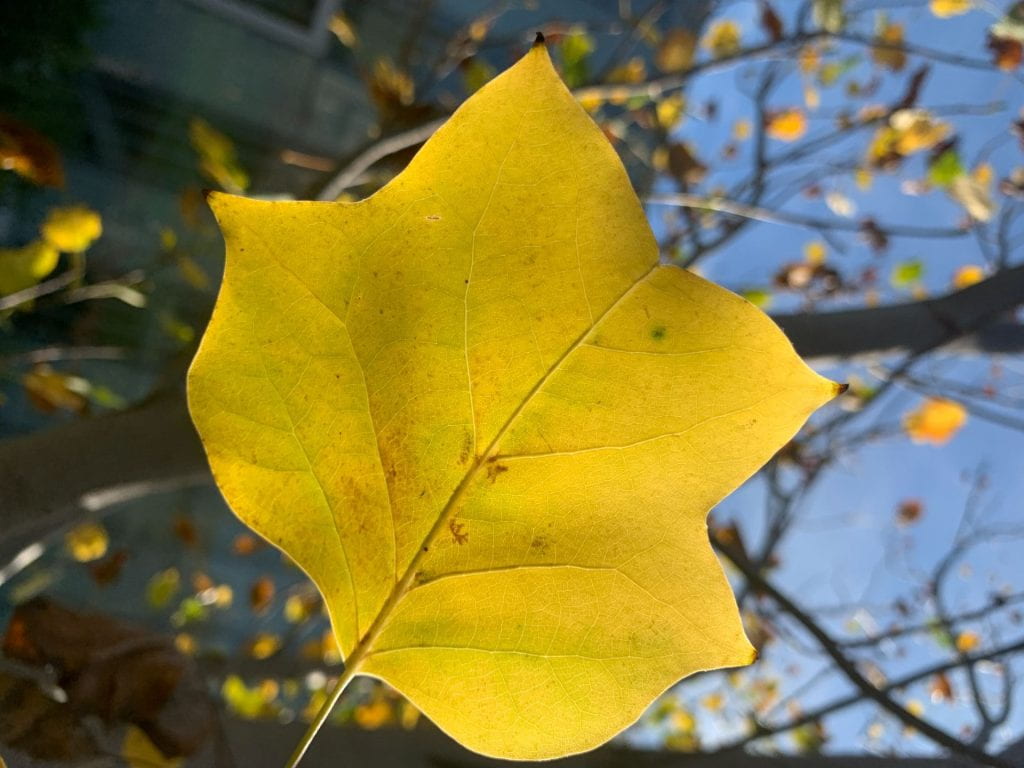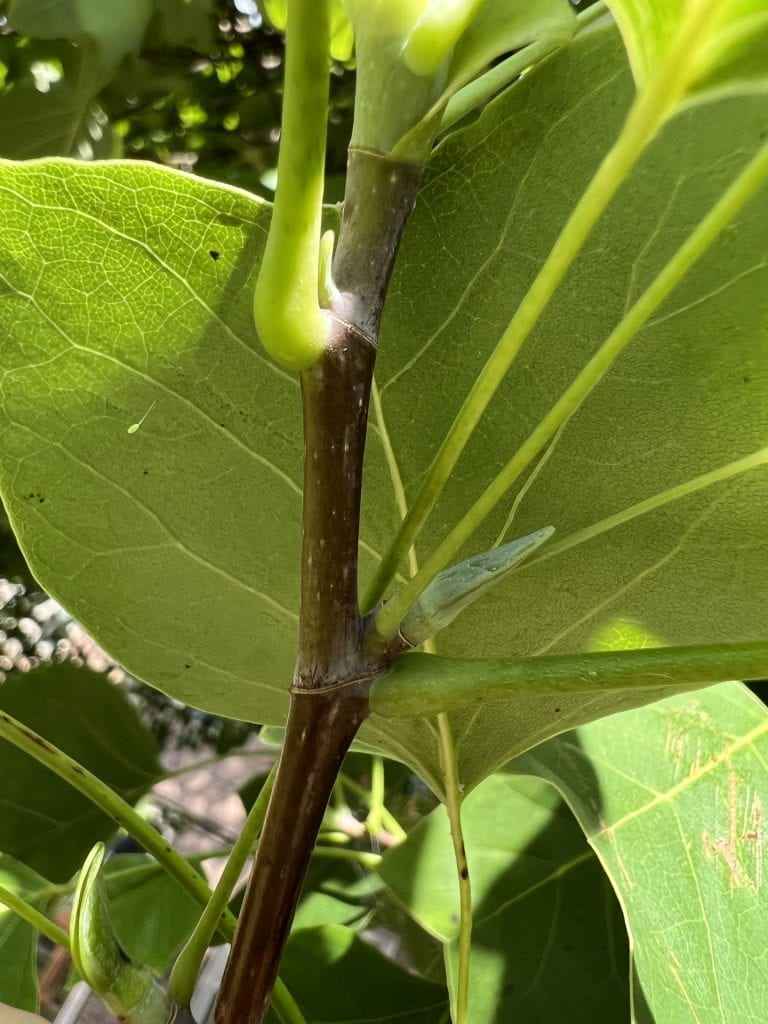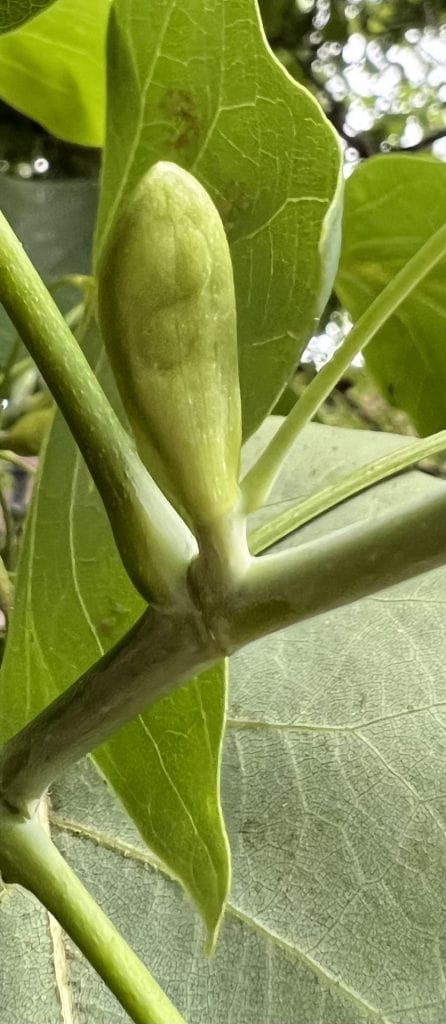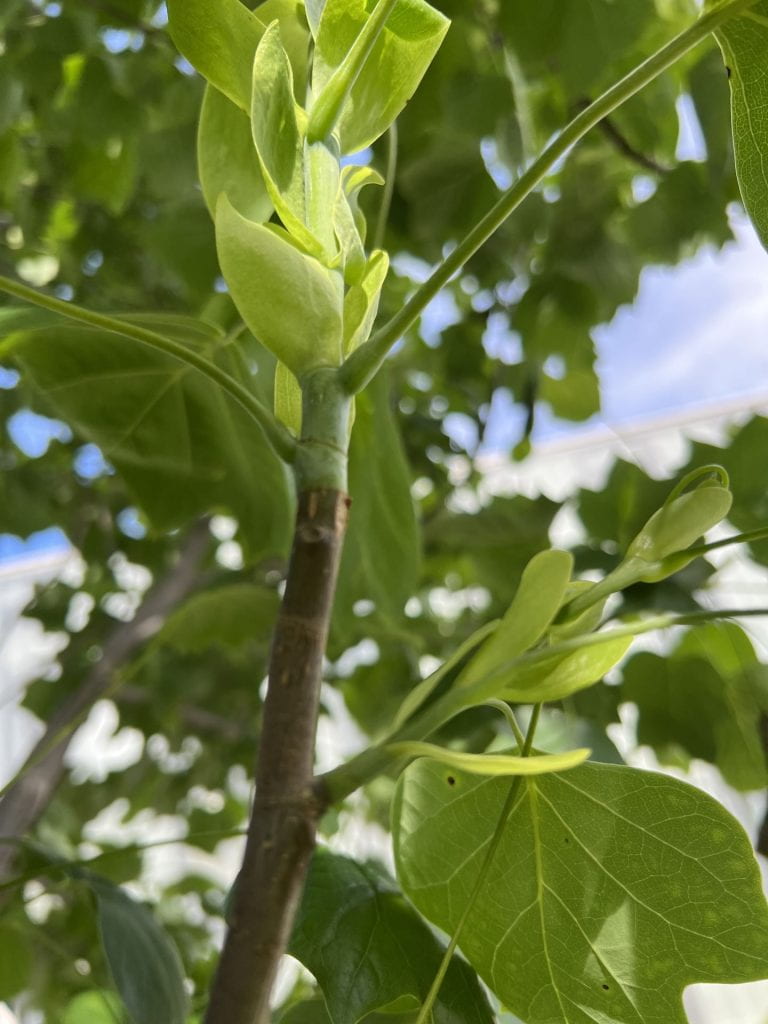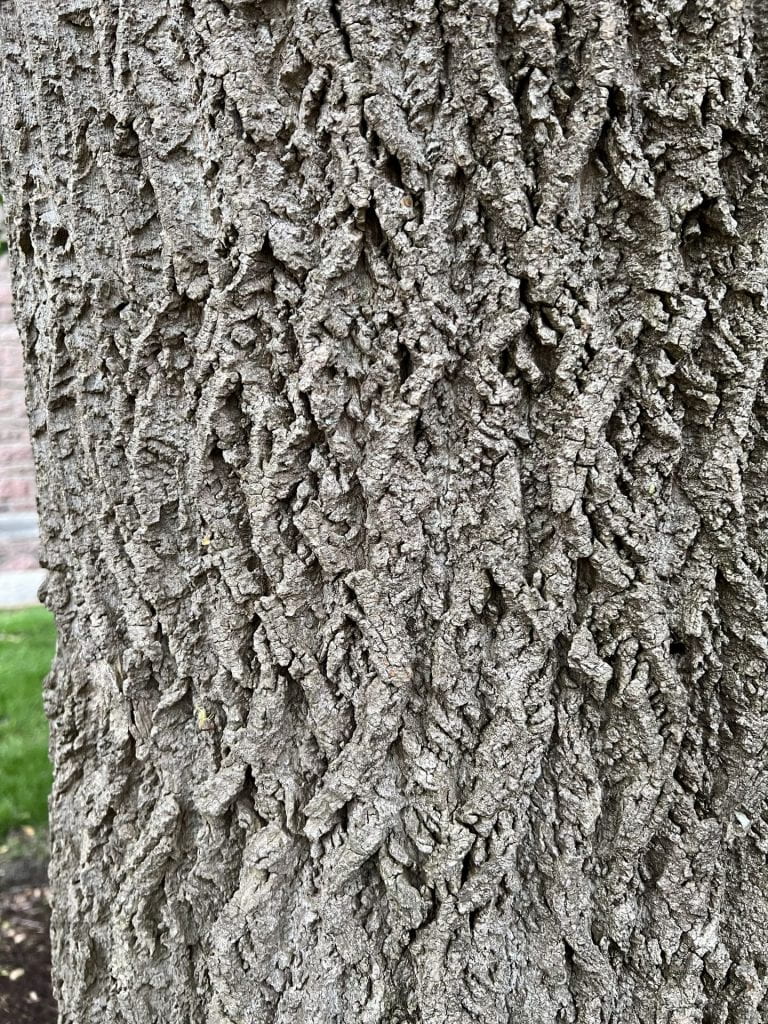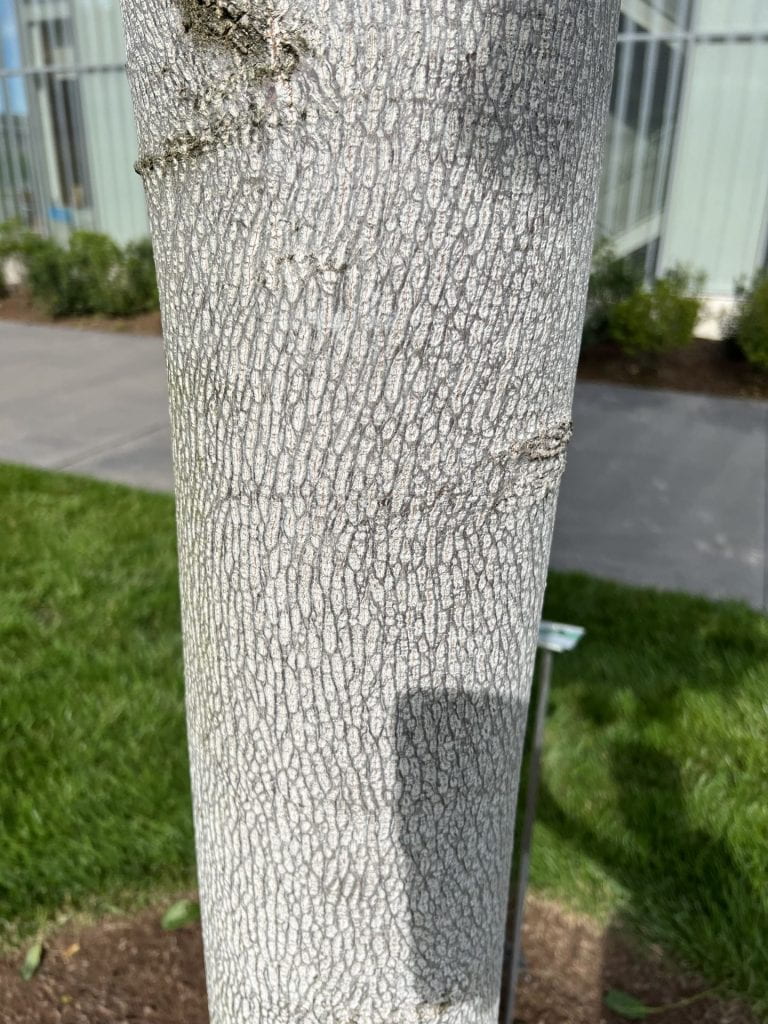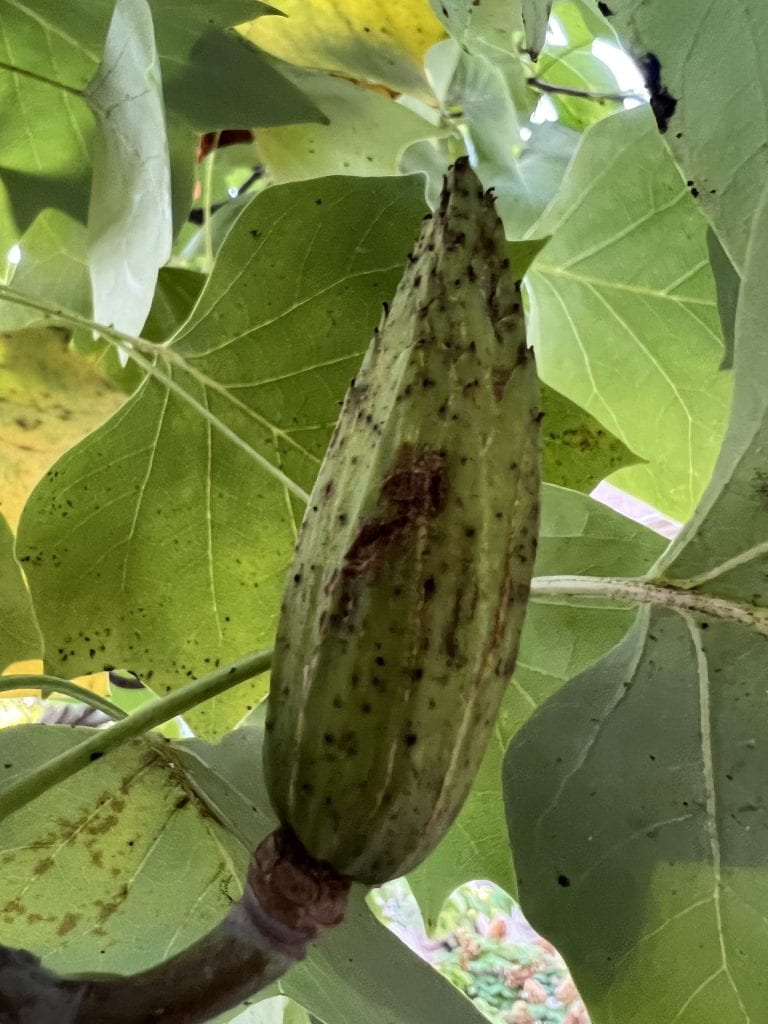Tulip Poplar
Arbor Walk #13, Treekeeper ID #1888
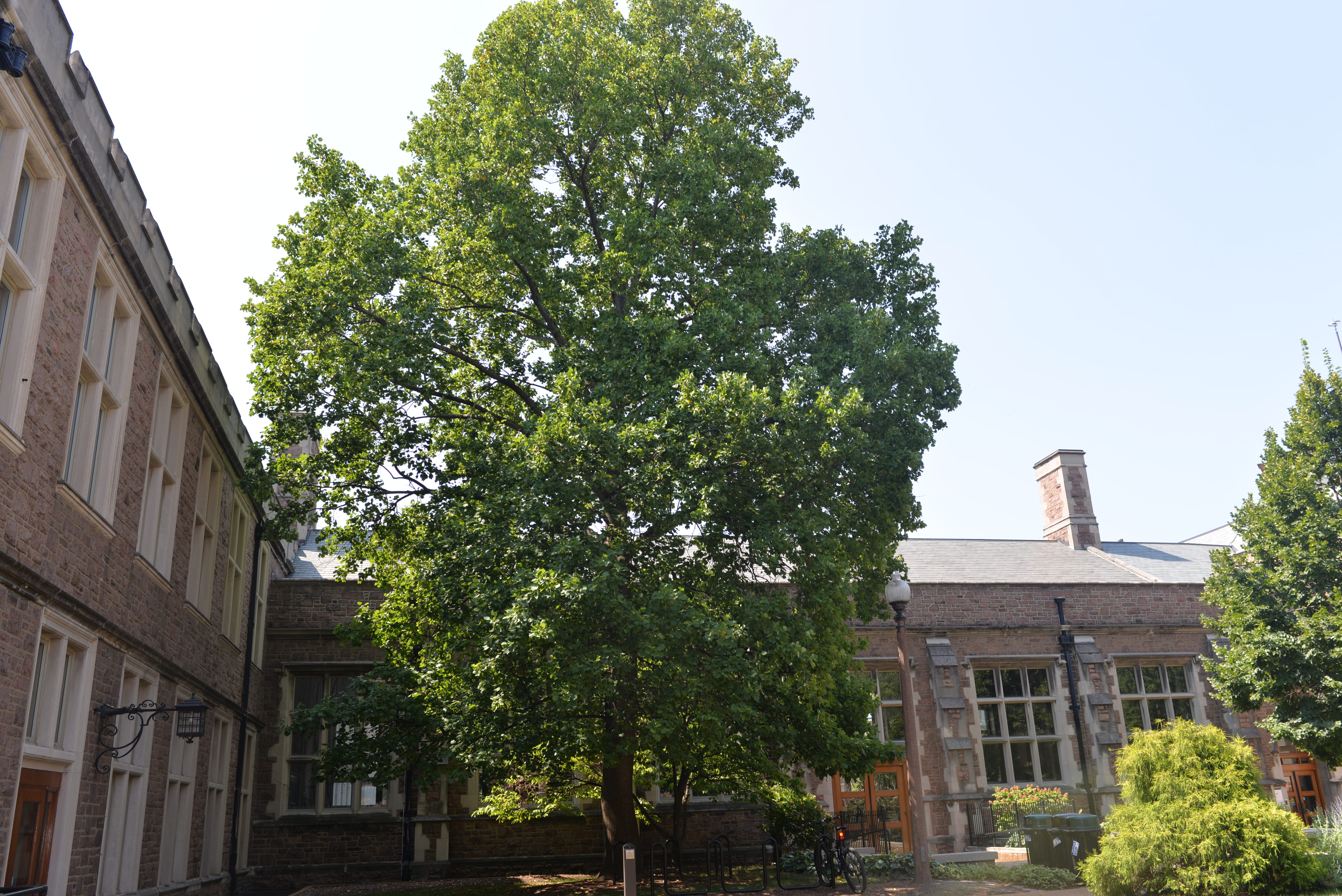
This native tree’s common name comes from its flower that is shaped like a tulip. In 1991, WashU was given this tree as a seedling. It was grown from seed taken from the original Tulip trees plant by George Washington in 1785 at his Mount Vernon home. Also know as the Yellow Poplar, the most distinct features of this beautiful tree are its unique broad, tulip shaped leaves in addition to its flowers that bloom in the late spring. Although now it is mainly used for decorative purposes, this tree used to be commonly used in the lumber industry. In the late 1700’s, very large poplars of over 200 feet were found. No wonder George Washington chose it to become Mount Vernon’s official bicentennial tree!
More information on the Tulip Poplars in our Arboretum here!
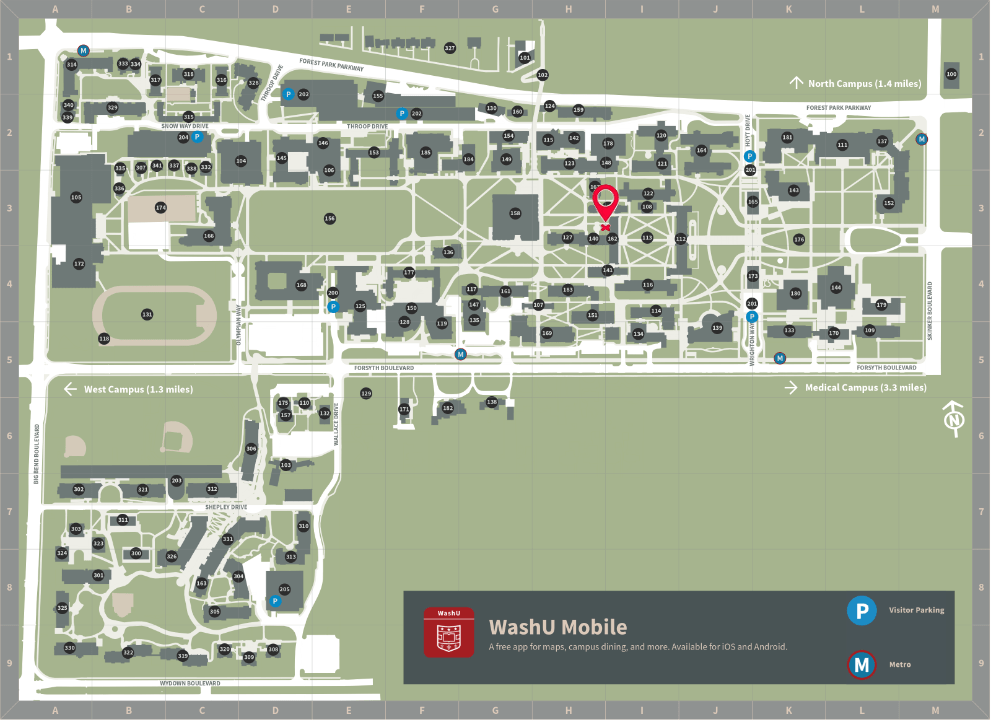
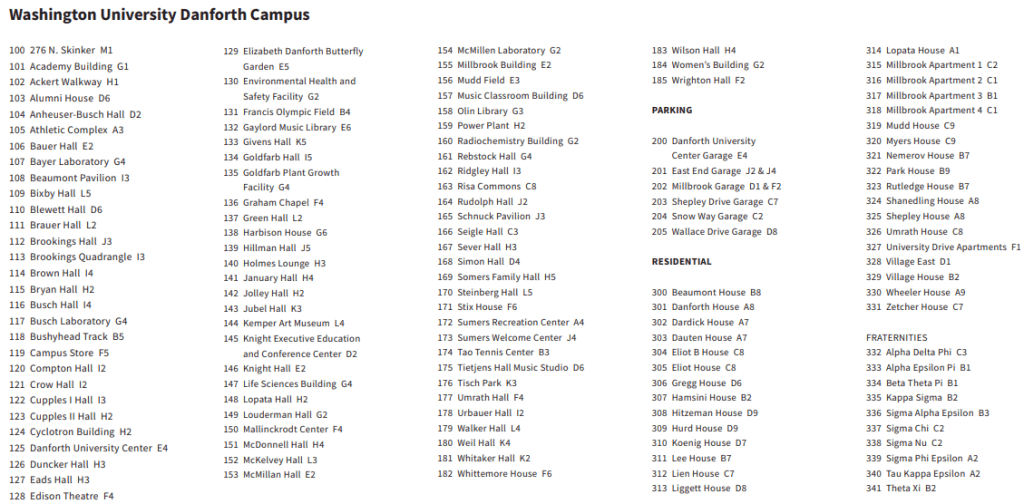
GPS Coordinates
N/A
Percent Concrete
N/A
Distance to Buildings
| Year | Close Building #1 | Close Building #2 | Close Building #3 |
|---|---|---|---|
| 2020 | Eads Hall, 14.32 m | Duncker Hall, 22.50 m | Ridgley Hall, 8.13 m |
Distance to Other Species
| Year | Close Species #1 | Close Species # 2 | Close Species # 3 |
|---|---|---|---|
| 2020 | Flowering Dogwood, 5.56 m | Juniper, 21.89 m | Juniper, 21.95 m |
Standard Measurements
| Year | Height (m) | DBH (cm) | Caliper (m) | Crown Diameter N-S (m) | Crown Diameter E-W (m) | Average Crown Diameter (m) |
|---|---|---|---|---|---|---|
| 2020 | 22.1486 | 60.1 | N/A | 15.45 | 14.52 | 14.985 |
| 2023 | 24 | 64 | N/A | 15.65 | 15.9 | 15.775 |
| 2024 | 24.22 | 65 | N/A | 15.8 | 15.38 | 15.59 |
Nests and Pests
| Year | Description |
|---|---|
| 2020 | One squirrel nest |
Leaf Identification
The leaves of the Tulip Tree are simple (no leaflets), alternately arranged on the stem, pinnately veined, and lobed. There are four or six lobes, with the upper four lobes being triangular and pointed, forming the silhouette of a tulip in bloom. The leaves are green above and pale green below, turning yellow in the fall.
Twig and Bud Identification
The twig is reddish-brown and zig zag, with pale lenticels (pores). The leaf buds are slender, sharply pointed, and axillary. The flower buds are larger, wider, and obovate to elliptic in shape. Both buds are green or greenish-brown.
Bark Identification
When young, the bark of the Tulip Tree has tiny unraised scales that form an uneven raised bark when mature. These raised bumps are irregular, forming some small ridges and leaving many mountains and valleys.
Fruit Identification
The fruit of the Tulip Tree is a conical cluster of greenish-brown samaras that will release their seeds from fall until the next bloom. The cluster is up to 3″ in length.
Flower Identification
The flower of the Tulip Tree is bisexual (both male and female reproductive systems in one flower). It is yellow with orange markings, up to 3″ in diameter, six-petaled, bowl-shaped, with many pale stamens surrounding the ovaries. The flowers bloom in spring.

